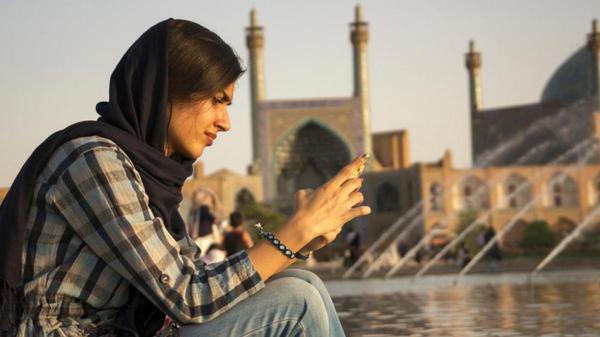By clothing-bag, 28/10/2022
How to dress if you travel to a Muslim country
When preparing a trip, one always asks himself the question of what to put in the suitcase. Apart from the tickets, money and the pertinent documentation, clothing is one of the elements that sometimes causes us a bigger headache. And it is that, although globalization can make us believe that uniformity has also reached the wardrobe, in all countries we cannot dress the same.
Respect for customs, religion and, ultimately, culture, is essential when visiting places whose tradition is different from ours. This is the case of Arab countries - and Muslims in general - where, regardless of gender, they are based on standards of behavior that are different from those of the West, although the requirement is not the same in all of them.
Some general rules
As a general rule, if you visit a country with a Muslim culture, you should not wear clothing that does not cover the knees and shoulders, even in hot weather. You should not walk down the street in tight-fitting clothes or clothes that mark the figure too much, especially if you are a woman, or wear short skirts, shorts or sleeveless shirts.
In most countries, tourists are not required to cover their hair with a headscarf or headscarf when walking down the street, but sometimes doing so can be a sign of respect. On the other hand, it is necessary when entering sacred places such as mosques. In this case, arms and legs must also be completely covered, an obligation that includes girls. Men, for their part, like boys, will not wear shorts or sleeveless shirts either.
The countries of the Persian Gulf are especially conservative and pay a lot of attention to the clothing of anyone, including foreigners. On the other hand, the Middle East (Turkey, Egypt, Lebanon, Jordan or Syria) is more permissive.
bandom history / patrick stump ending shane Morris, May 2013. https://t.co/6jOaKfZNbi
—punk & disorderly Sat Jul 17 03:13:55 +0000 2021

Morocco
One of the most touristic countries is Morocco, where it is common to see people on the street dressed in Western attire, or on the beach, in bikinis, although topless is not allowed. Here, access to the mosques is limited to Muslims, however, some buildings are freely accessible, such as the Hassan II Mosque in Casablanca, following basic rules.
Iran
In Iran, they won't let a woman off the plane without a shawl or headscarf. Both residents of the country and tourists should wear loose-fitting clothing that fully covers the body on the street. Currently, it can be wide jeans and a jacket in the European style, as long as it reaches the middle of the hips. In certain places, the use of a chador (garment that covers the entire body except for the face) may be indicated.
Men, for their part, must wear pants and a long-sleeved shirt, although t-shirts are usually common.
United Arab Emirates and Saudi Arabia
The list of Islamic countries with the most stringent dress codes is led by Saudi Arabia and the United Arab Emirates. In both territories it is not recommended to show the arms, legs or neck.
In Saudi Arabia, women must wear a hijab that covers their hair and neck and cannot wear any clothing that could be considered provocative. For this reason, tight clothing must be eliminated and no shoulders or knees must be shown. The use of swimsuits and bikinis is confined to hotels and tourist resorts.
Men are also required to display a respectful style, cover their legs and chest, and of course not wear gold accessories or silk shirts, as they are frowned upon by Saudi society.
As a general rule, if you visit a country with a Muslim culture, you must wear clothing that covers the knees and shoulders”
In addition, in the country it is totally penalized to do religious proselytizing, therefore, chains with crucifixes or religious images cannot be worn. If you do, the authorities could arrest you.
Kuwait
If we travel to Kuwait we will see that there it is normal for women to wear niqab, hijab and even burqa, however it is not mandatory for visitors. As in the United Arab Emirates, it is recommended to wear clothes that cover the shoulders and knees and that do not hint at the feminine silhouette.
Related Articles